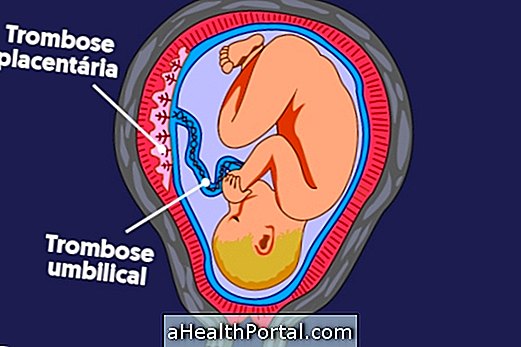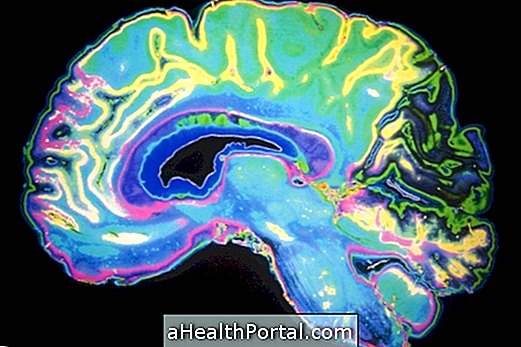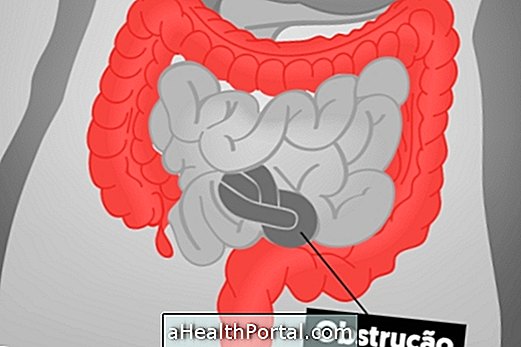Placental or umbilical cord thrombosis occurs when a clot forms in the placenta or umbilical vein or arteries, damaging the amount of blood that passes into the fetus and causing fetal movements to decrease. Thus, the main difference is related to where the clot is:
- Placental thrombosis : the clot is in the placental veins or arteries;
- Umbilical thrombosis : the clot is in the vessels of the umbilical cord.
Because they affect the amount of blood that passes into the fetus, these types of thrombosis may indicate an emergency, as there is less oxygen and nutrients reaching the developing baby, increasing the chances of miscarriage or premature delivery.
Thus, whenever there is a decrease in fetal movements, it is very important that the pregnant woman consult the obstetrician to see if there are any problems that need to be addressed.

How to identify thrombosis
The main symptom of placental thrombosis is the absence of fetal movements, so when it does occur, it is recommended that you go to the emergency room immediately to have an ultrasound and identify the problem by initiating appropriate treatment.
However, in most cases, the pregnant woman does not feel any symptoms and, for this reason, should go to all prenatal visits to follow the development of the baby through ultrasound.
In cases where the woman ceases to feel the movements of the baby should go immediately to the emergency room or obstetrician who accompanies the pregnancy to check their state of health and that of the baby. Here's how to tell the fetal movements correctly to see if everything is okay with the baby.
Main causes
The causes of placental or umbilical cord thrombosis are not yet fully understood, however, women with blood clotting problems, such as thrombophilia, are at increased risk of developing blood clots due to changes in blood, such as antithrombin deficiency, protein C deficiency, protein S deficiency, and Leiden factor V alteration.
How is the treatment done?
Typically, treatment for these types of thrombosis during pregnancy includes the use of anticoagulant medications, such as warfarin, to keep blood thin and prevent the formation of new thrombi, ensuring that the baby and the mother are not at risk of life.
In addition, during treatment, the obstetrician may advise some care that helps maintain the blood thinner, such as:
- Eat foods rich in vitamin E, such as wheat germ oil, hazelnuts or sunflower seeds. See a list of other foods rich in vitamin E.
- Wear compression stockings ;
- Avoid crossing your legs ;
- Do not eat too greasy foods, such as yellow and sausage cheeses, or foods rich in vitamin K such as spinach and broccoli. See a more complete list: Food sources of vitamin K.
In the more serious chaos, where thrombosis affects a very large region of the placenta or there is a risk of harm to the baby, for example, the pregnant woman may need to stay in the maternity ward until her delivery to make a constant evaluation.
There is usually a greater chance of survival when the fetus is older than 24 weeks because the obstetrician can deliver prematurely when the risk of life is very high.























